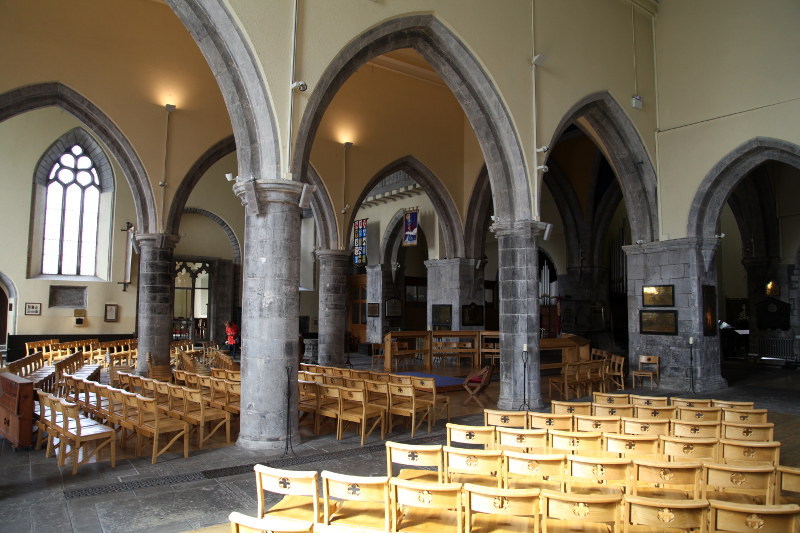The Templar Nights are immensely fascinating (to me)… not because of their reputation as a secret militaristic sect portrayed in countless movies as the protectors of Jerusalem who liked to hide treasure around the world. But rather, they are fascinating because it wasn’t their *alleged* brutality or beliefs that led to their downfall… it was that their wealth exceeded that of most European monarchs and they were seemingly unable to play the European political game.
I mention the Templars because they’re known to have had a significant presence in Ireland and yet no one knows why; the Templars were in existence for roughly 190 years and for 150 years of that they had land and Preceptories all over the country (some estimates say that at one point they owned 75% of the land in Ireland). Galway was no exception and the first indication of Templars in the area started with the Anglo-Norman invasion in 1169.
In Galway, the Knights had a marked religious presence; and, there is conflicting evidence as to whether a church for the Galway based preceptory was located under the Church of St. Nicolas on Market Street or if it was located somewhere close by.
Either way, like the rest of Europe, in 1308 the Irish Templars were arrested, their lands and estates were seized, and in 1312 the order of the Knights Templars was dissolved. It’s thought that in 1324, the preceptory in Galway was destroyed so it’s not likely that it’s located under the Church of St. Nicolas, which was founded in 1320.
St. Nicolas has a lot going for it… it’s known as the Santa Claus church (even though St. Nicolas was the patron saint of sailors). Throughout its 700-year history, it’s seen more than it’s fair share of historical figures and controversy. Even in modern times when (in 2002) it became the location of the first same-sex marriage in a Church of Ireland denomination church.
To tie St. Nicolas back to the Templars: in the church is a coffin-shaped grave slab embedded in the floor of a decorative chapel (pictured above). This slab is known as the ‘Crusaders Tomb’ and is thought to be from the Templar Preceptory.
